Learning News 1/2
Mrs Amy Phillips

Learning News 1/2
Mrs Amy Phillips
What a great start to the year we have had! We have already settled into routines and have been working through the rules for living and what they mean to our class. The students have come up with their own understanding and wording for what it means to be "Safe," "Respectful," and "A Learner." We have also discussed our goals for the year, and I have already seen students working hard to achieve them.
Visual Arts
In Visual Arts, we have been creating self-portraits. Using mirrors, we carefully observed our features and worked hard to make our artworks as realistic as possible, paying close attention to finer details such as eye colour and hair colour. Some students have finished their portraits, and they look fantastic! I can’t wait to display them in our classroom.
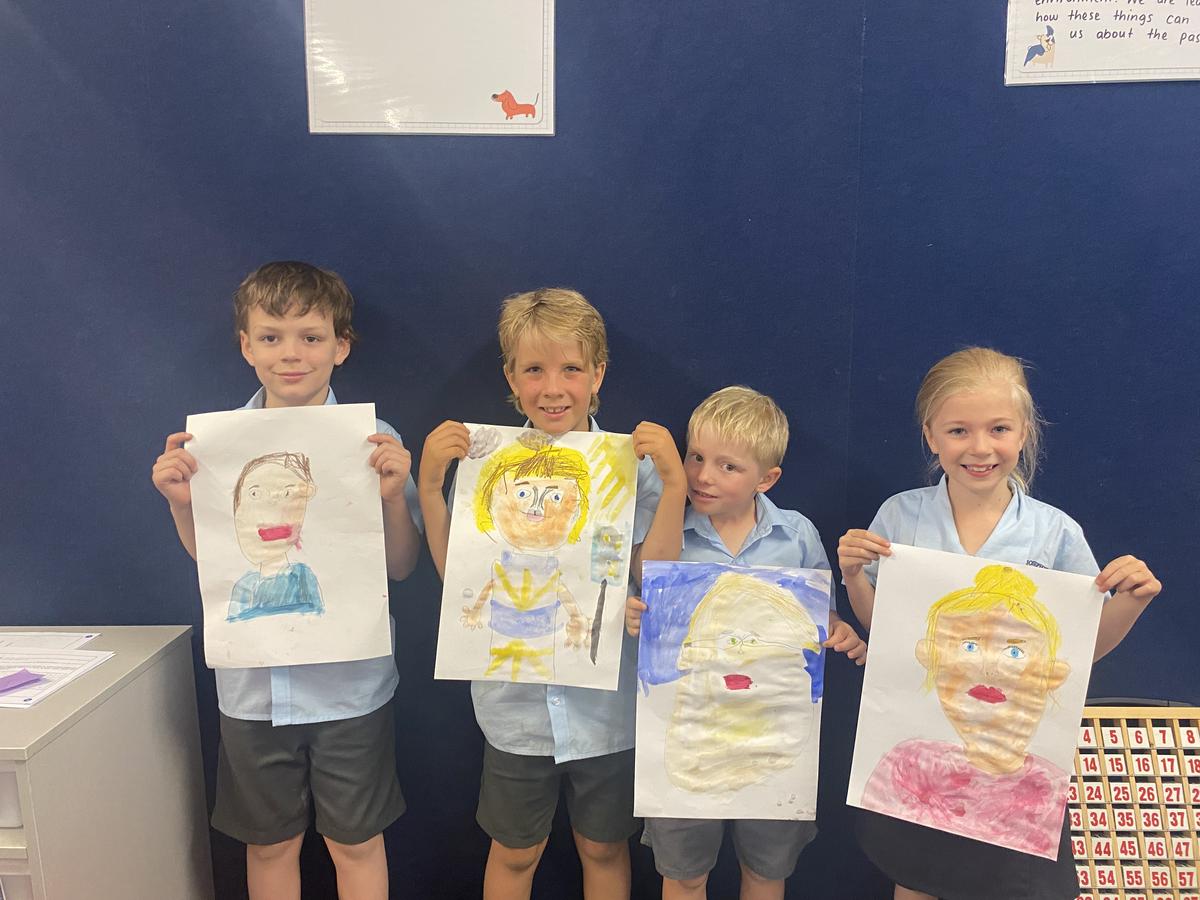
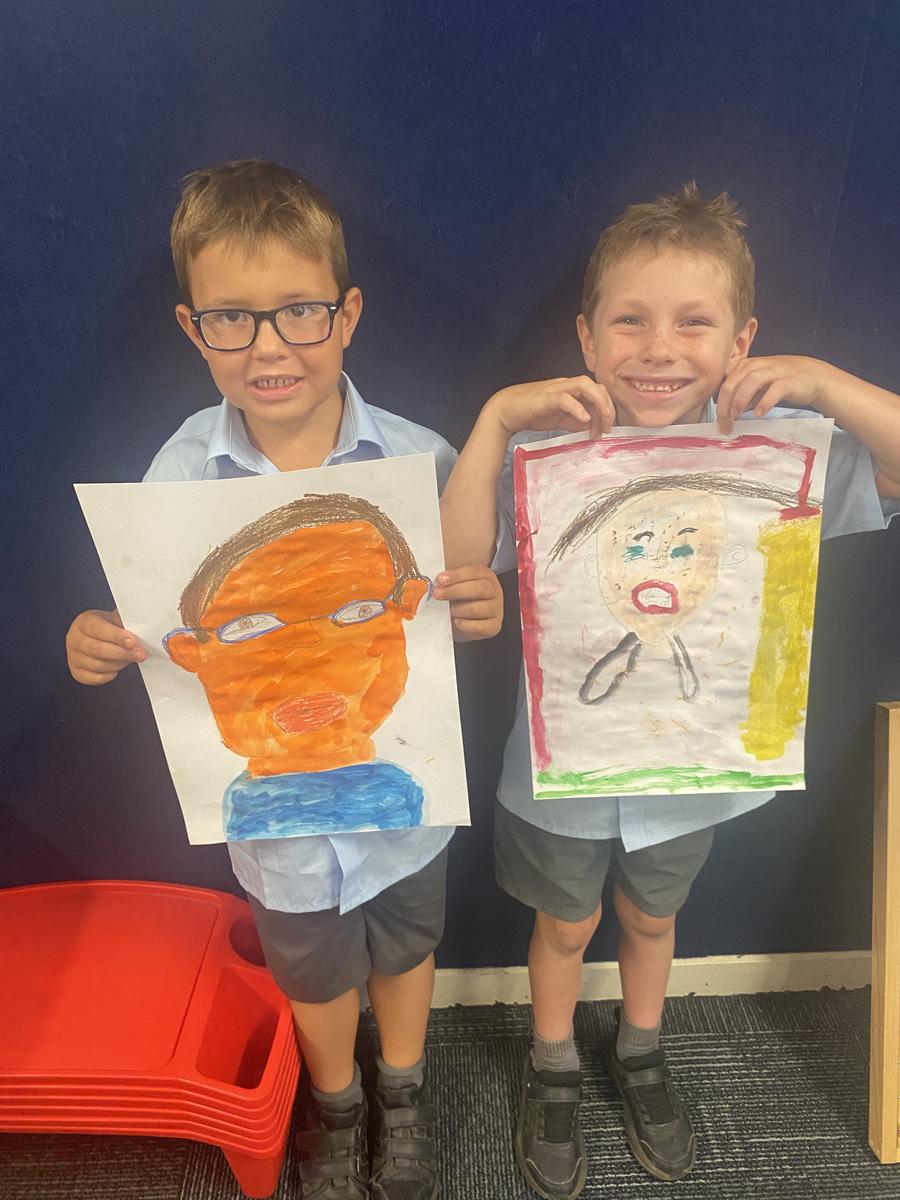
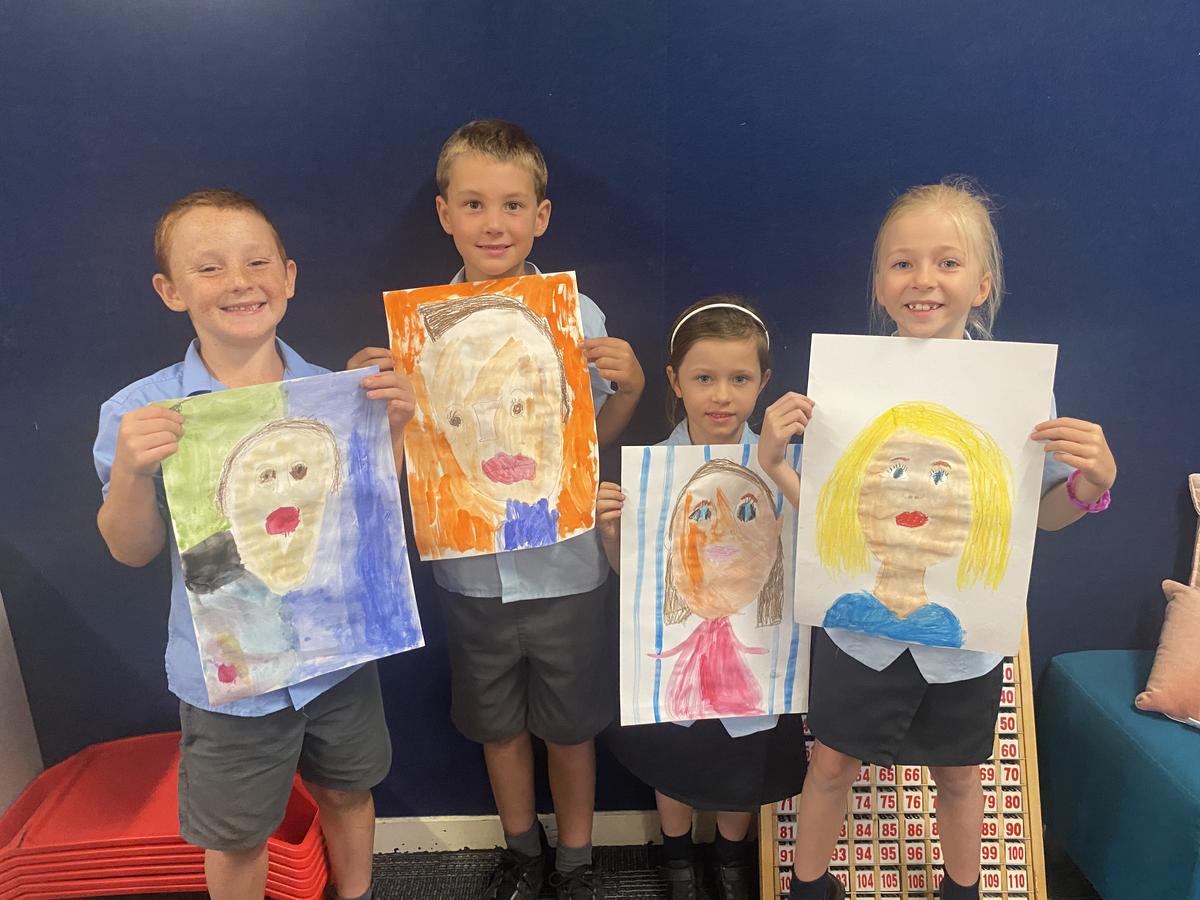
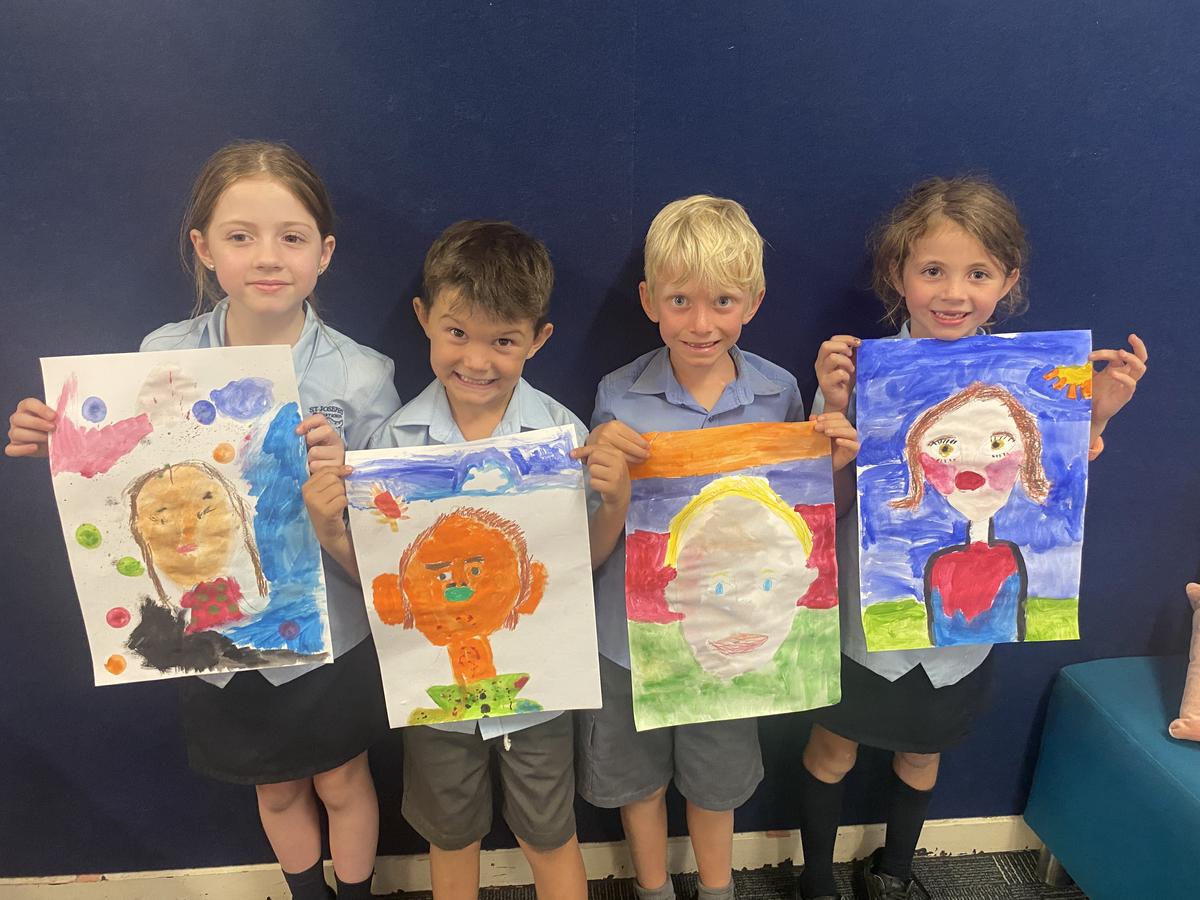
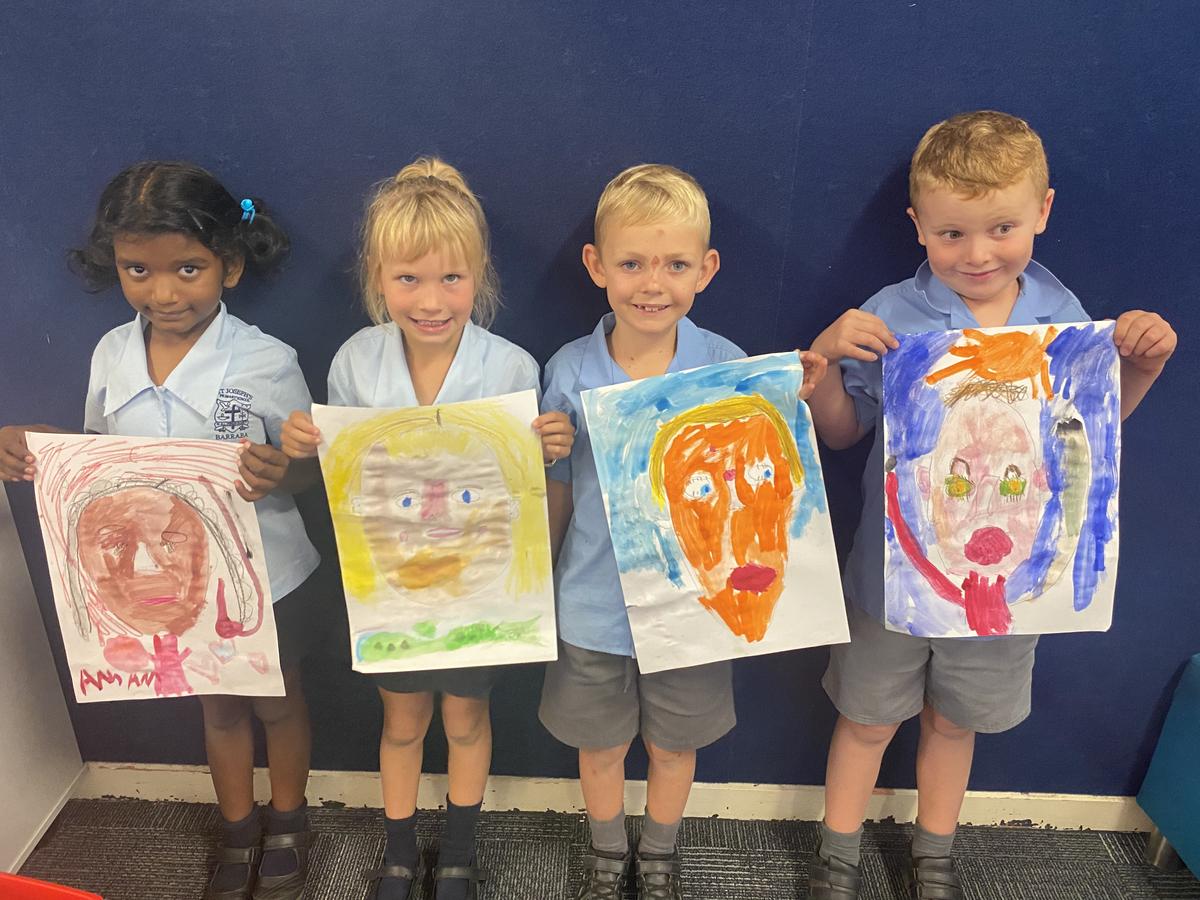





Religion
This week, we have been preparing for our class Mass. We chose the theme of friendship and kindness to align with what we have been learning in PDH with Mrs Harris. Students reflected on the importance of these values in their daily lives and how they can show them in our school community. It was wonderful to see so many students eager to read, participate, and take on different roles during the Mass.
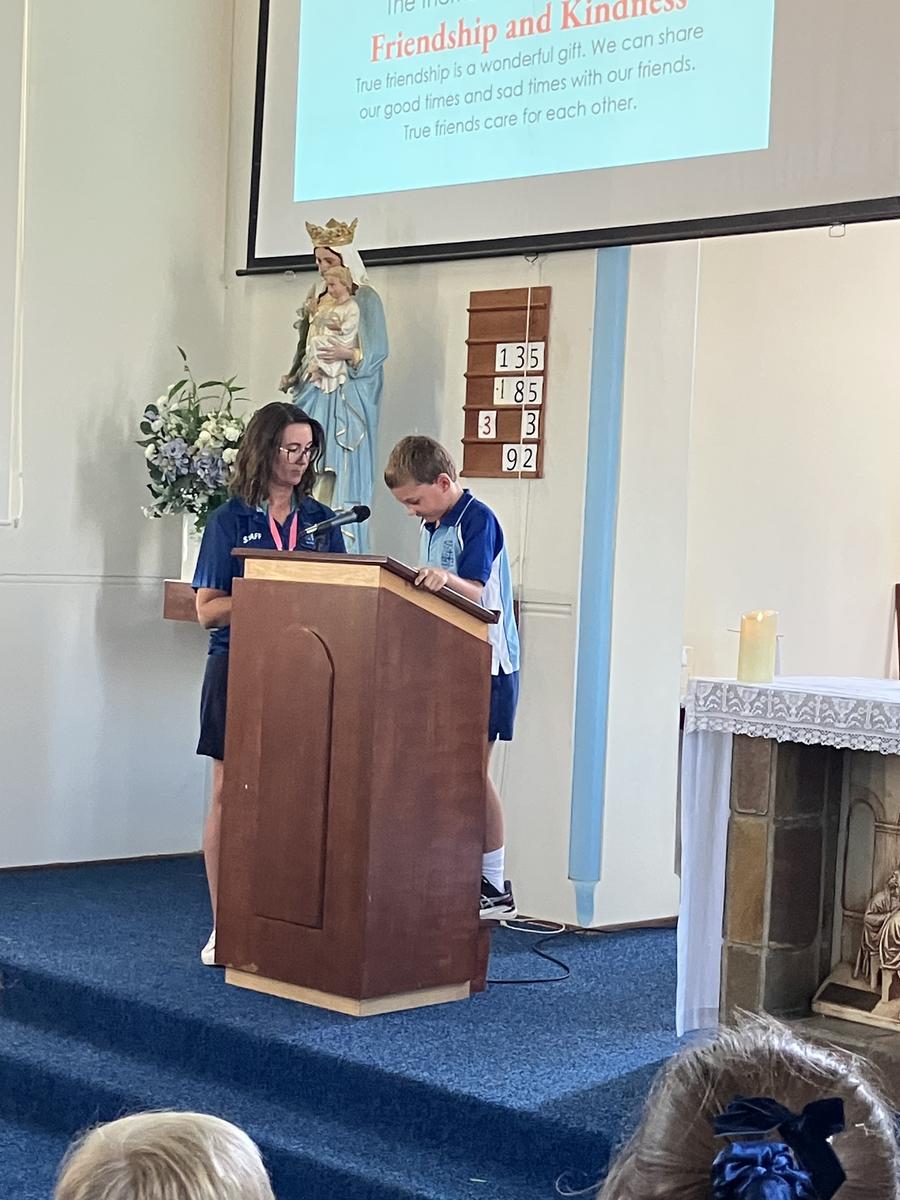
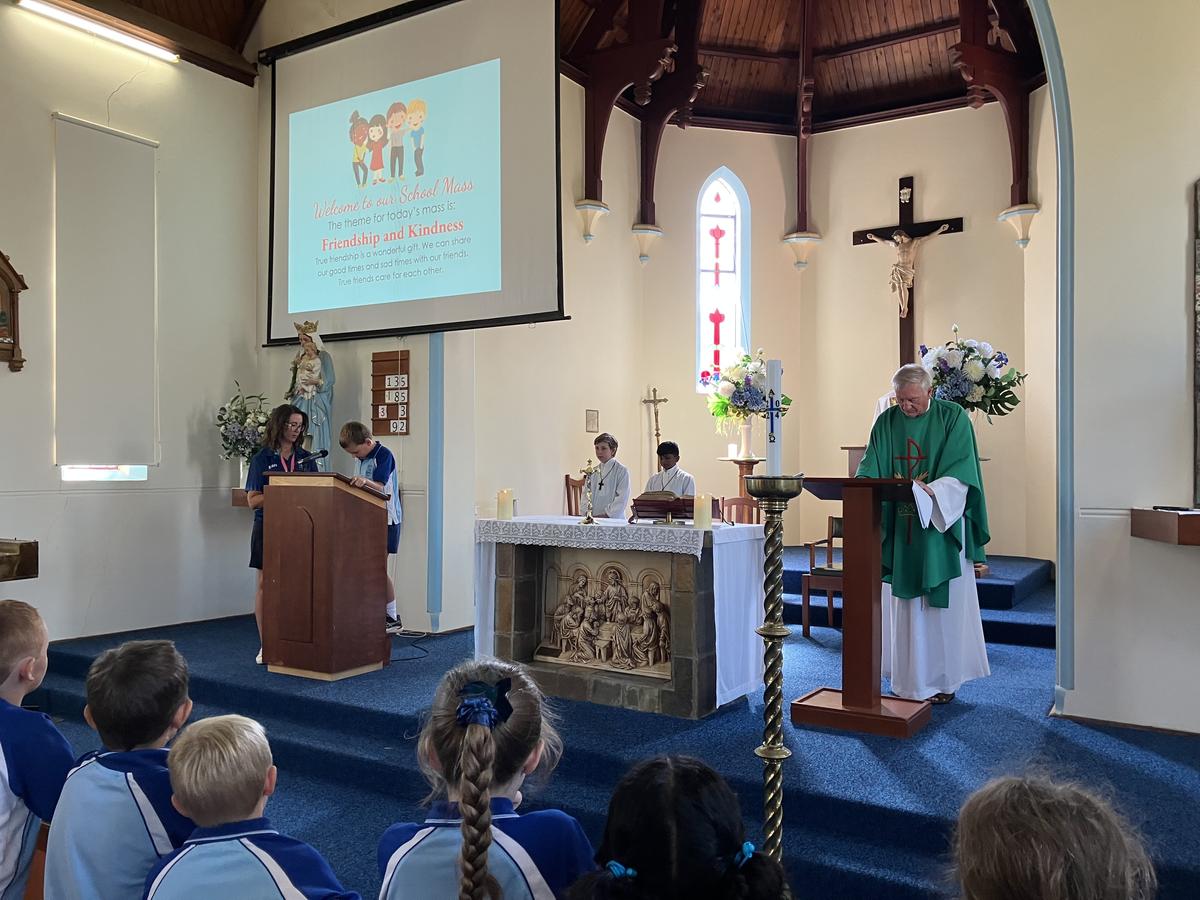
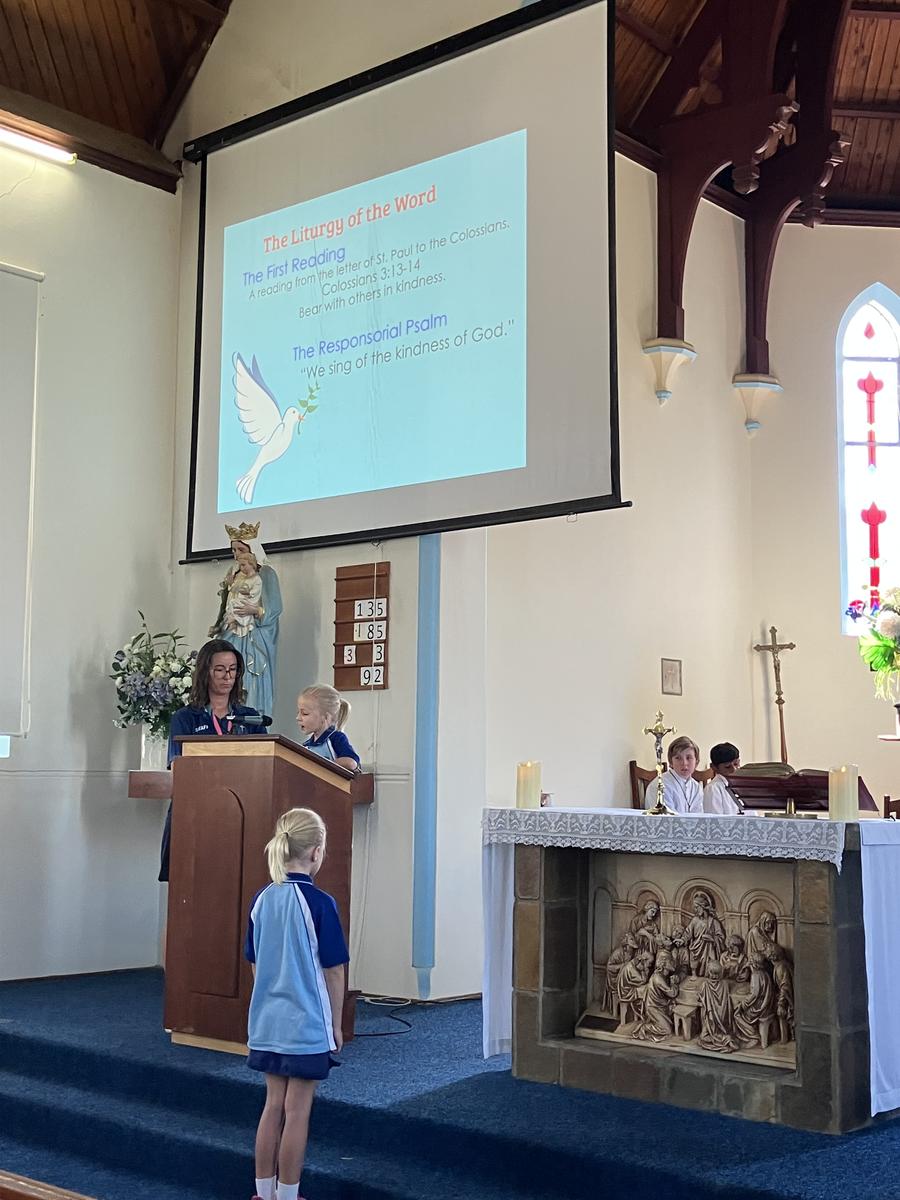
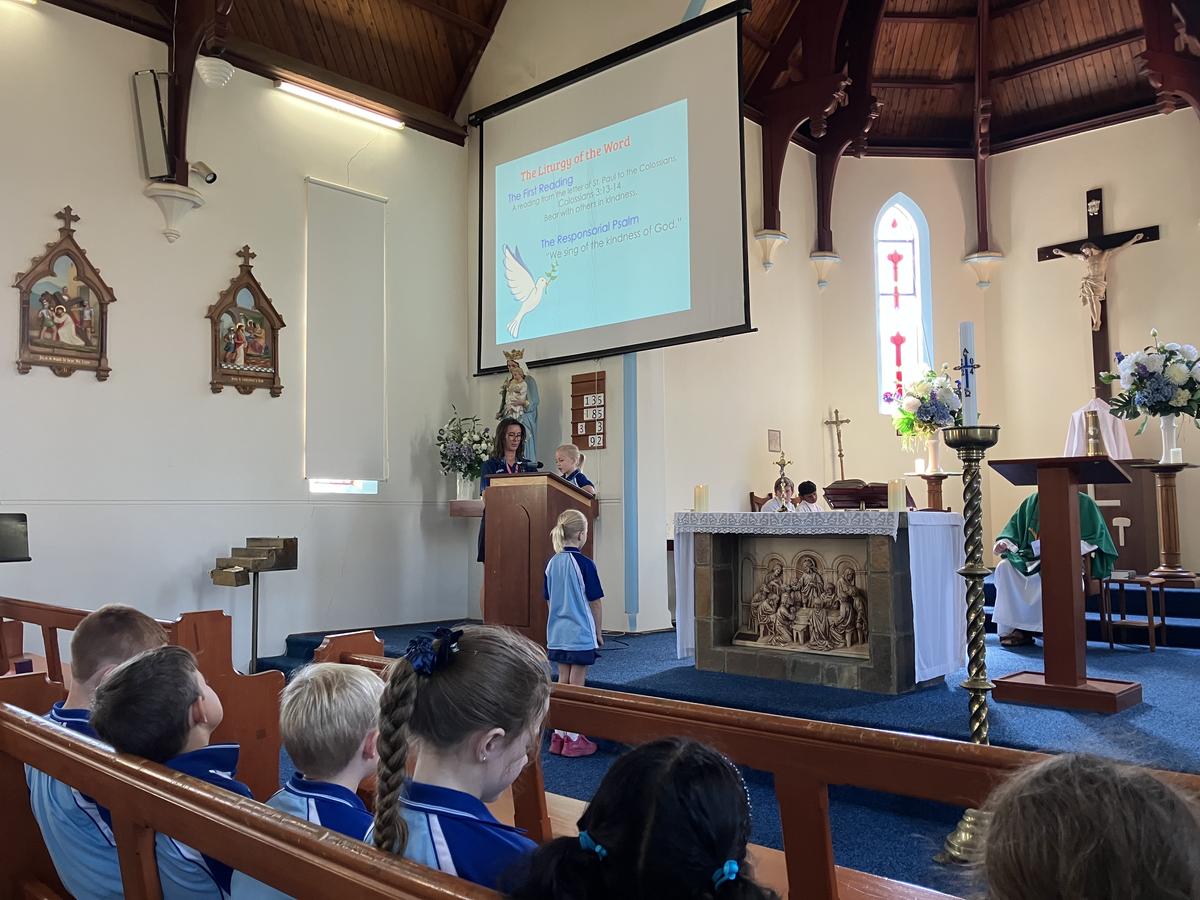
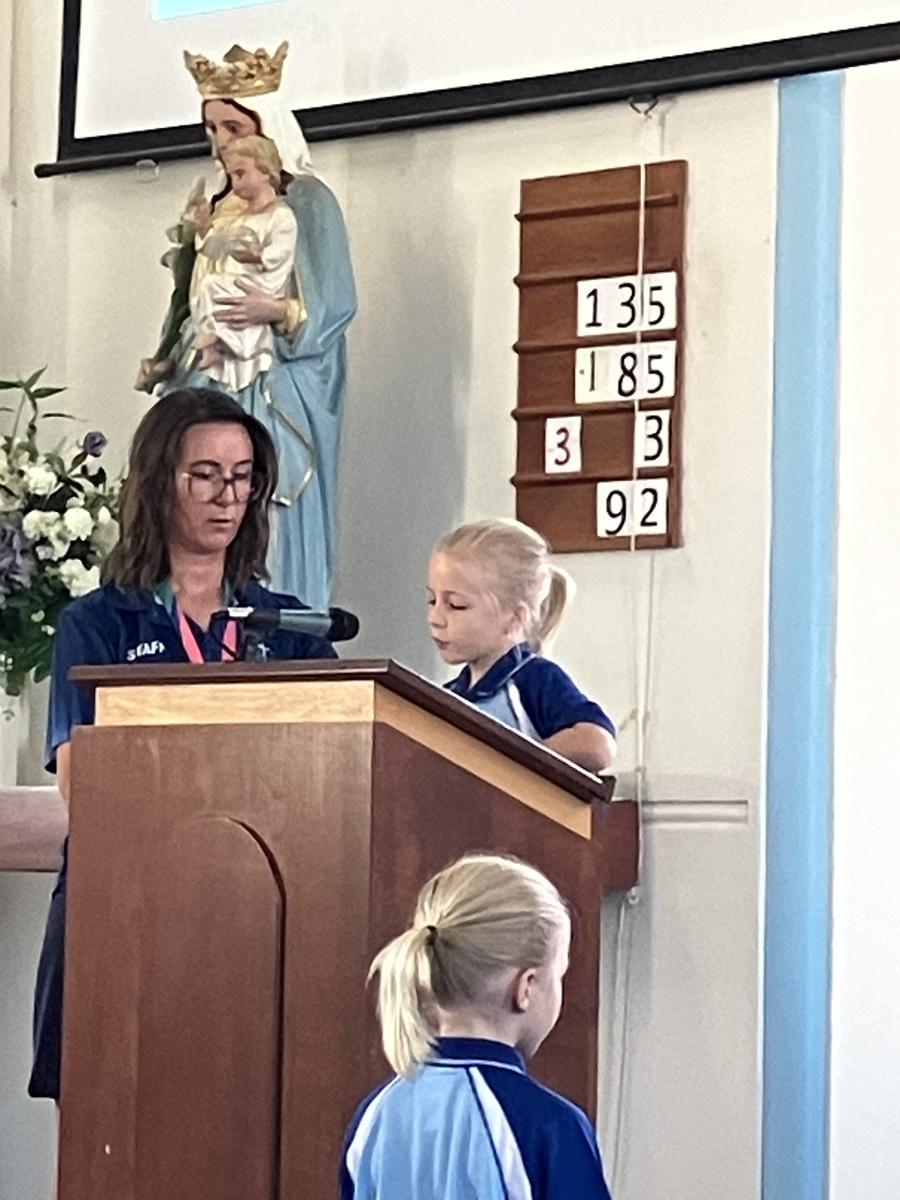
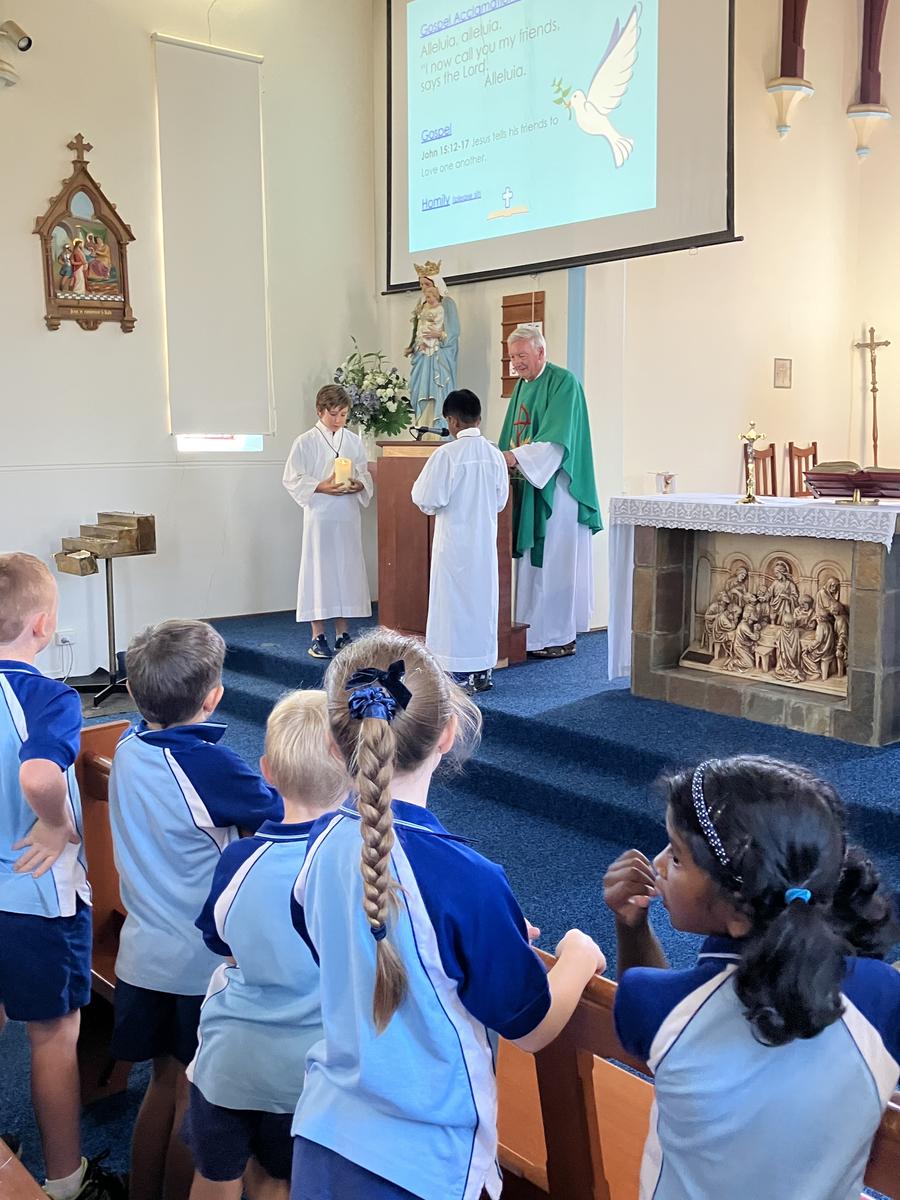
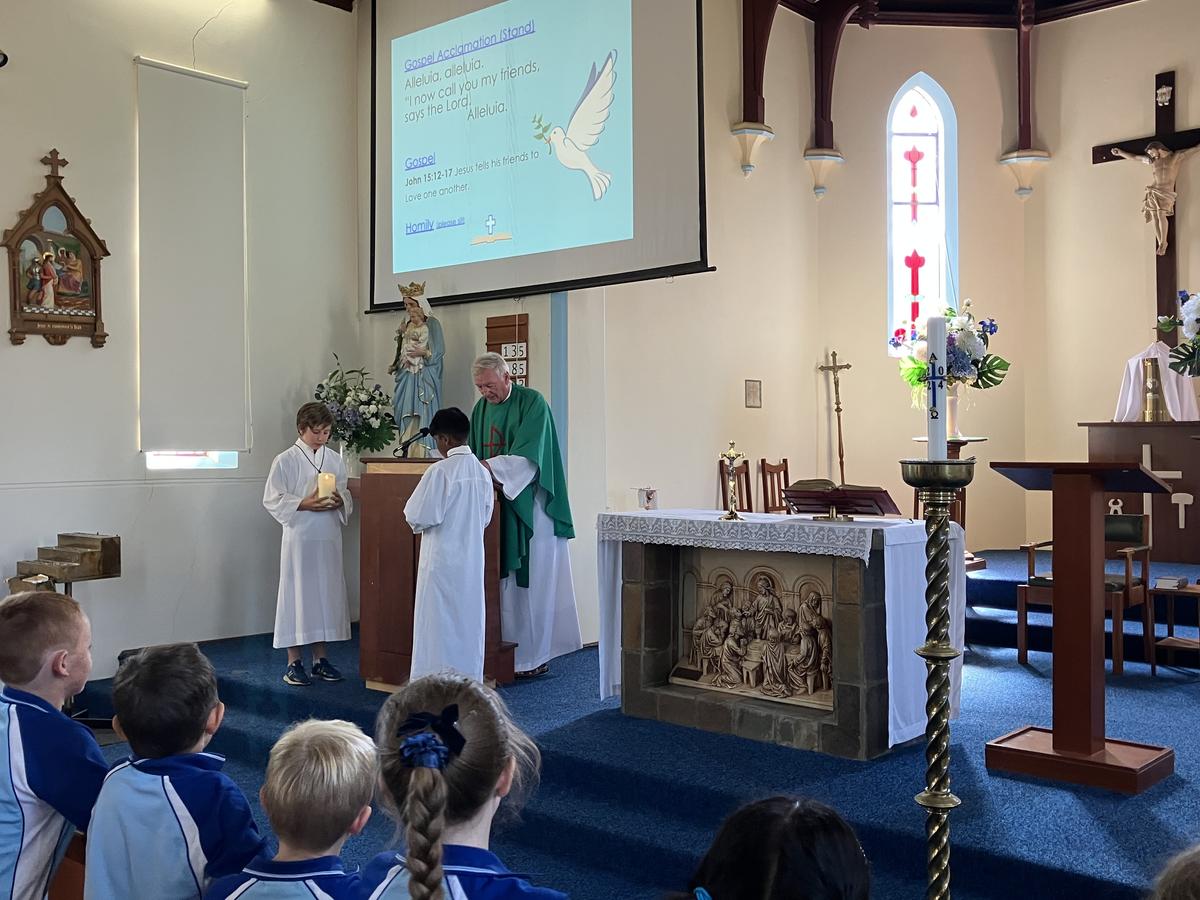
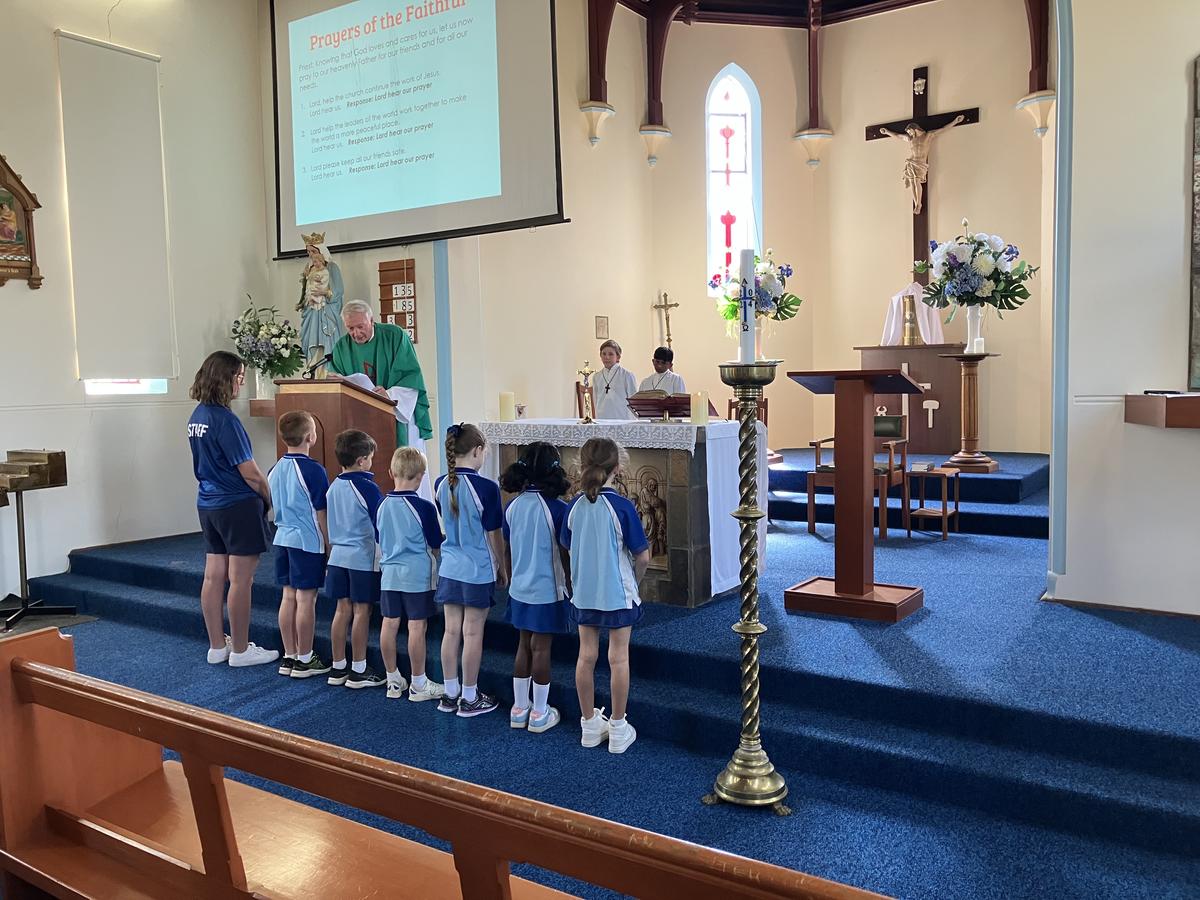
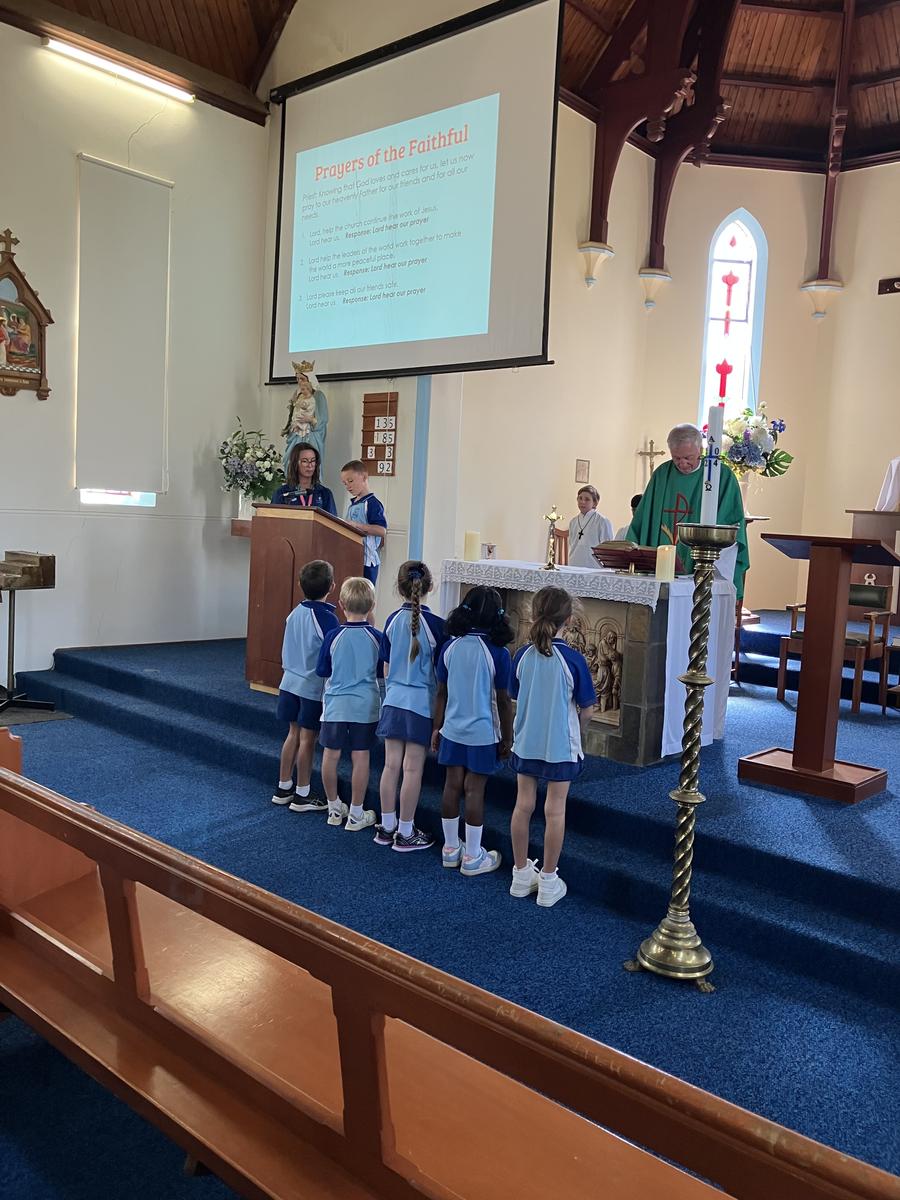
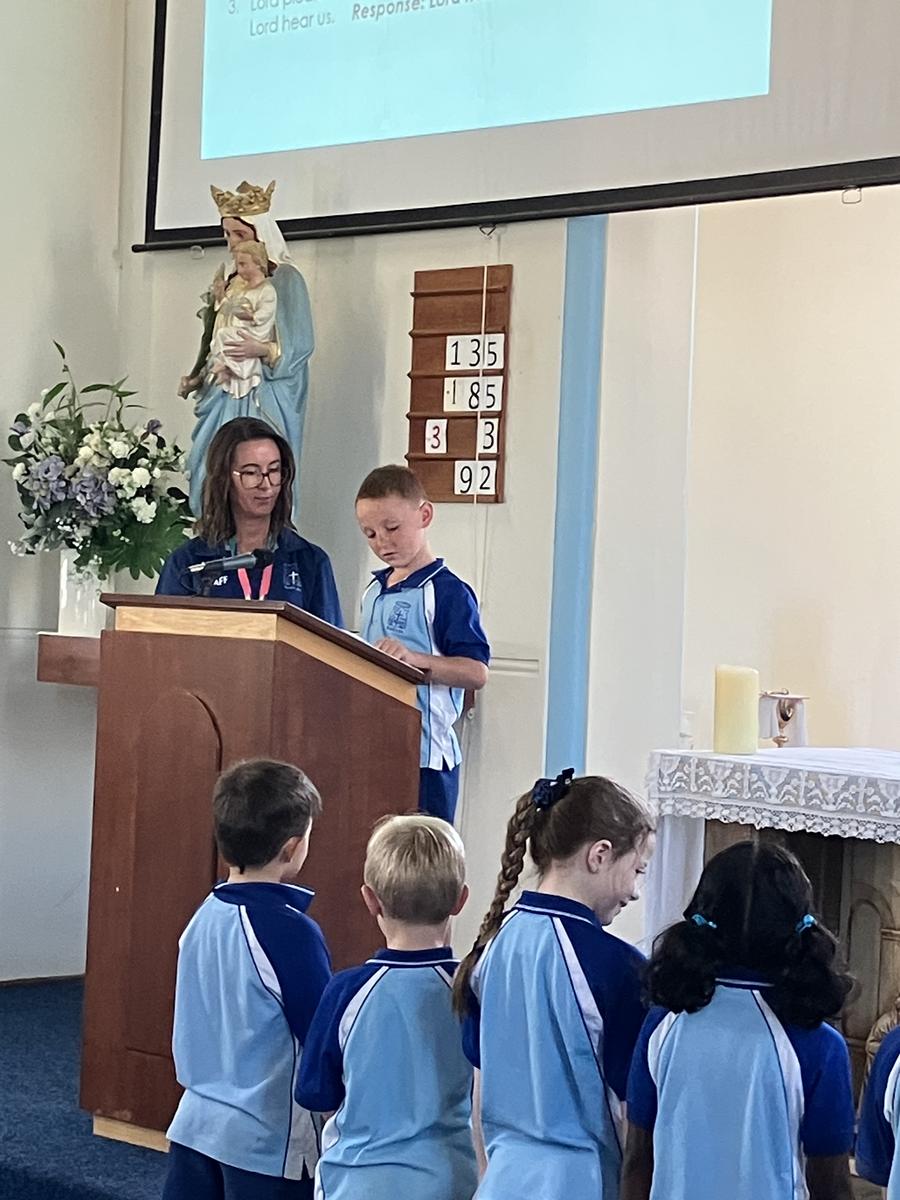
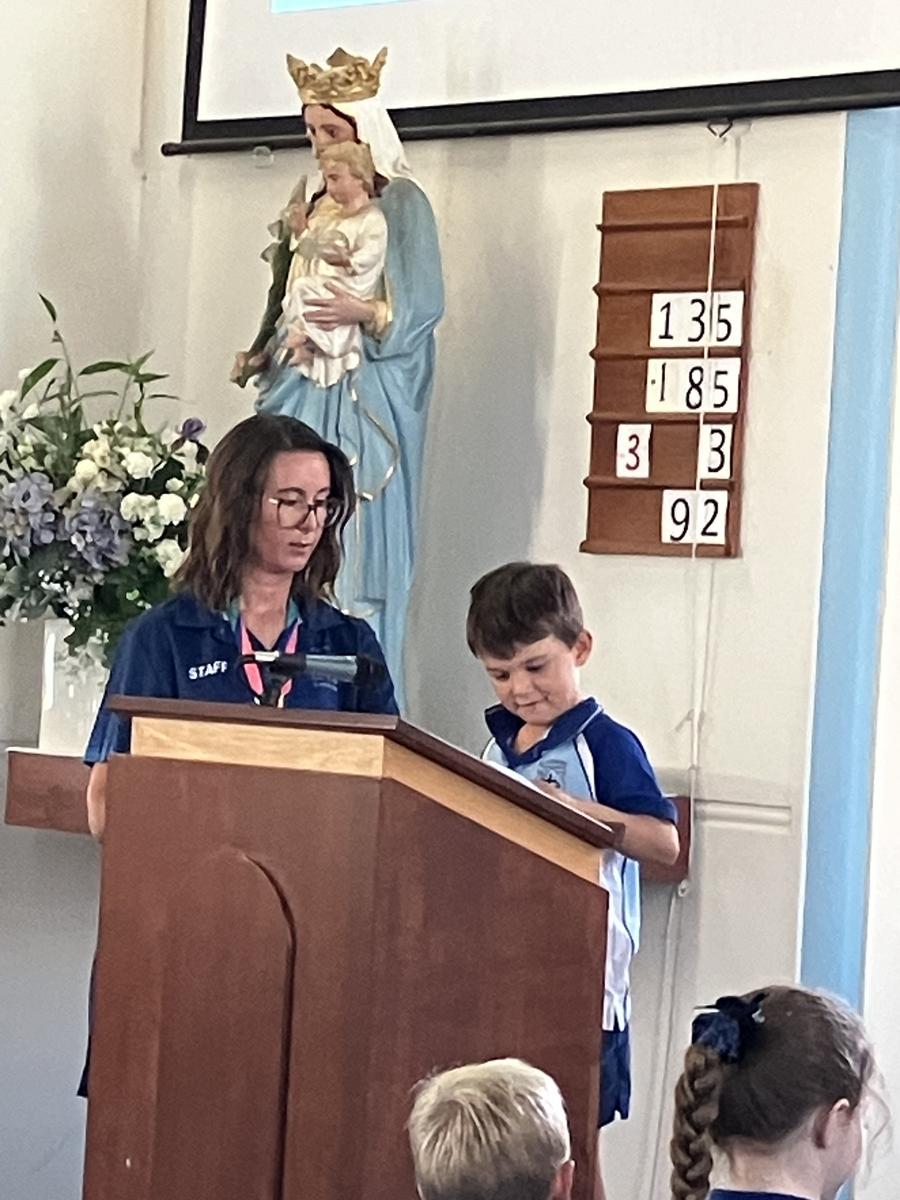
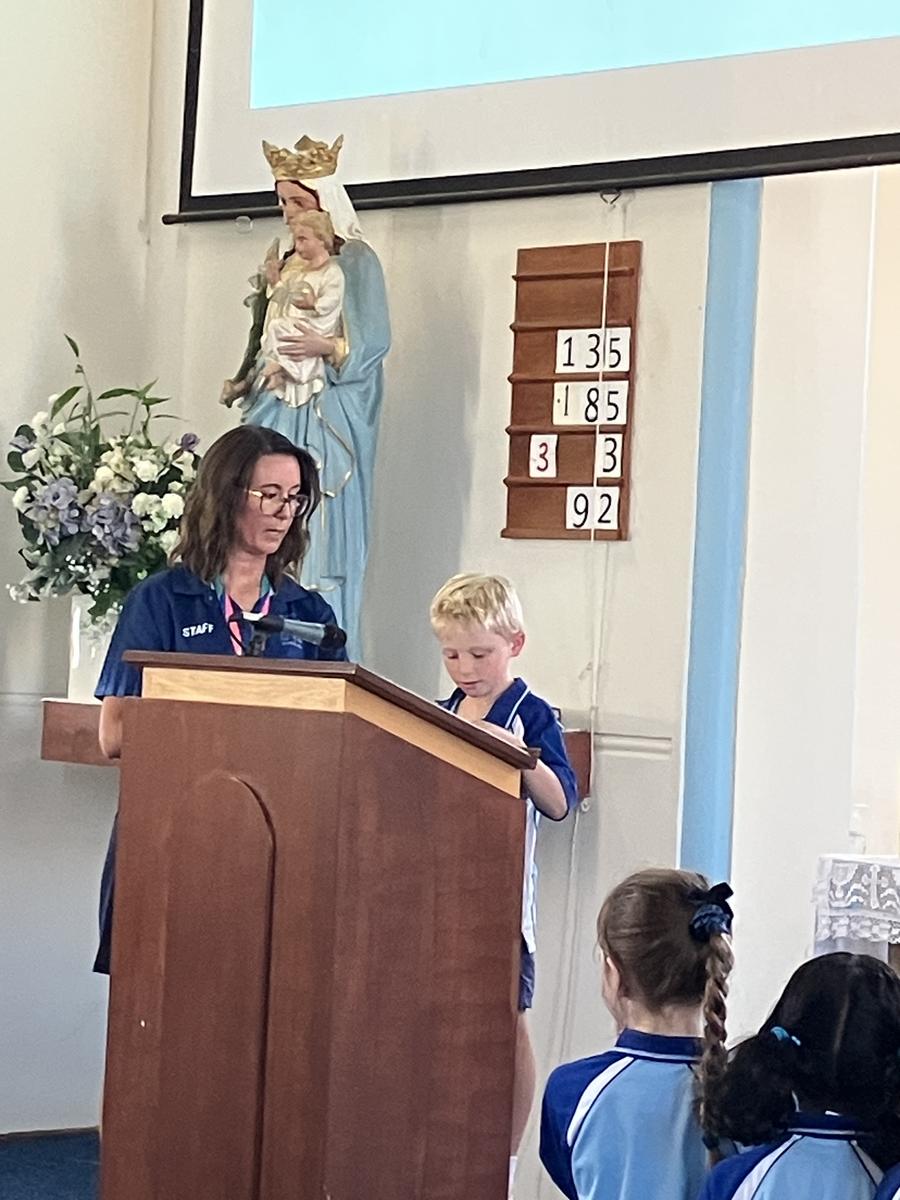
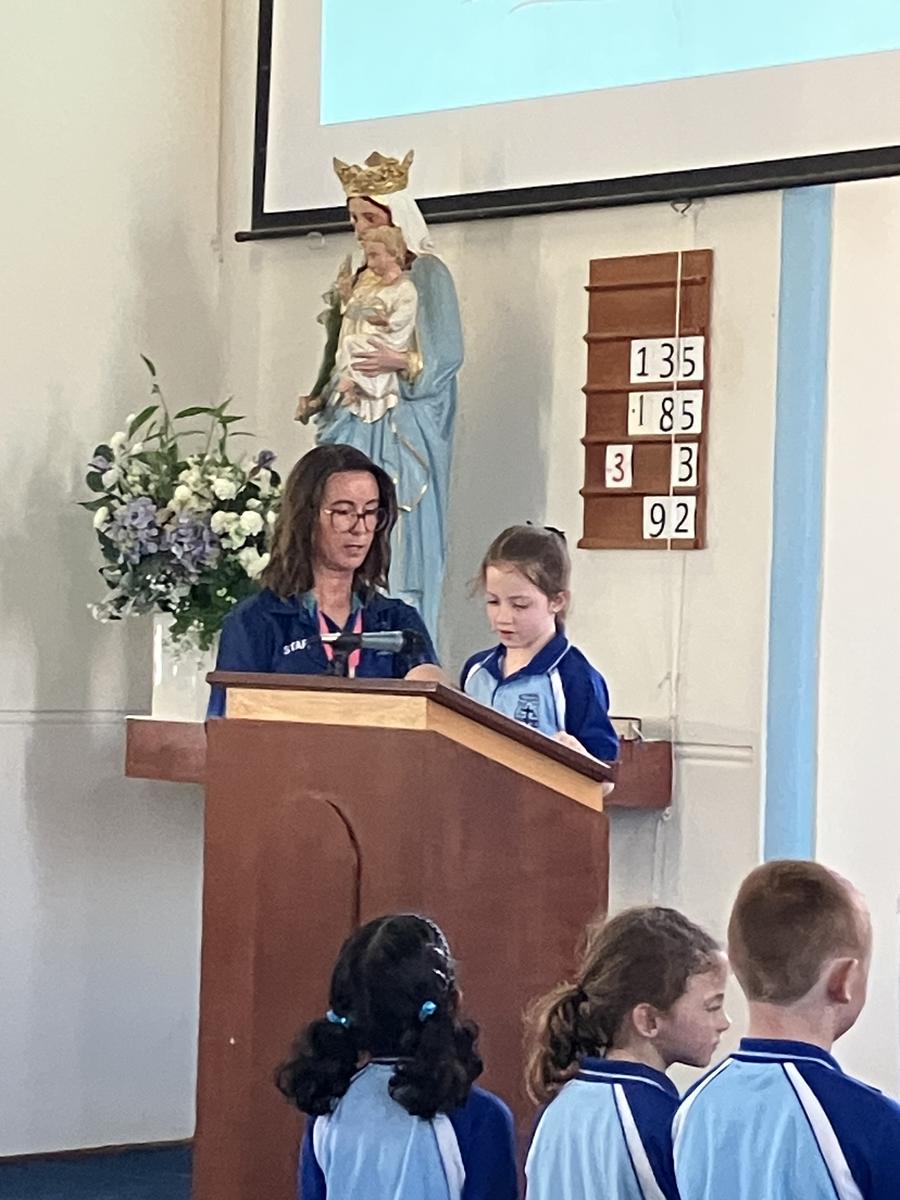
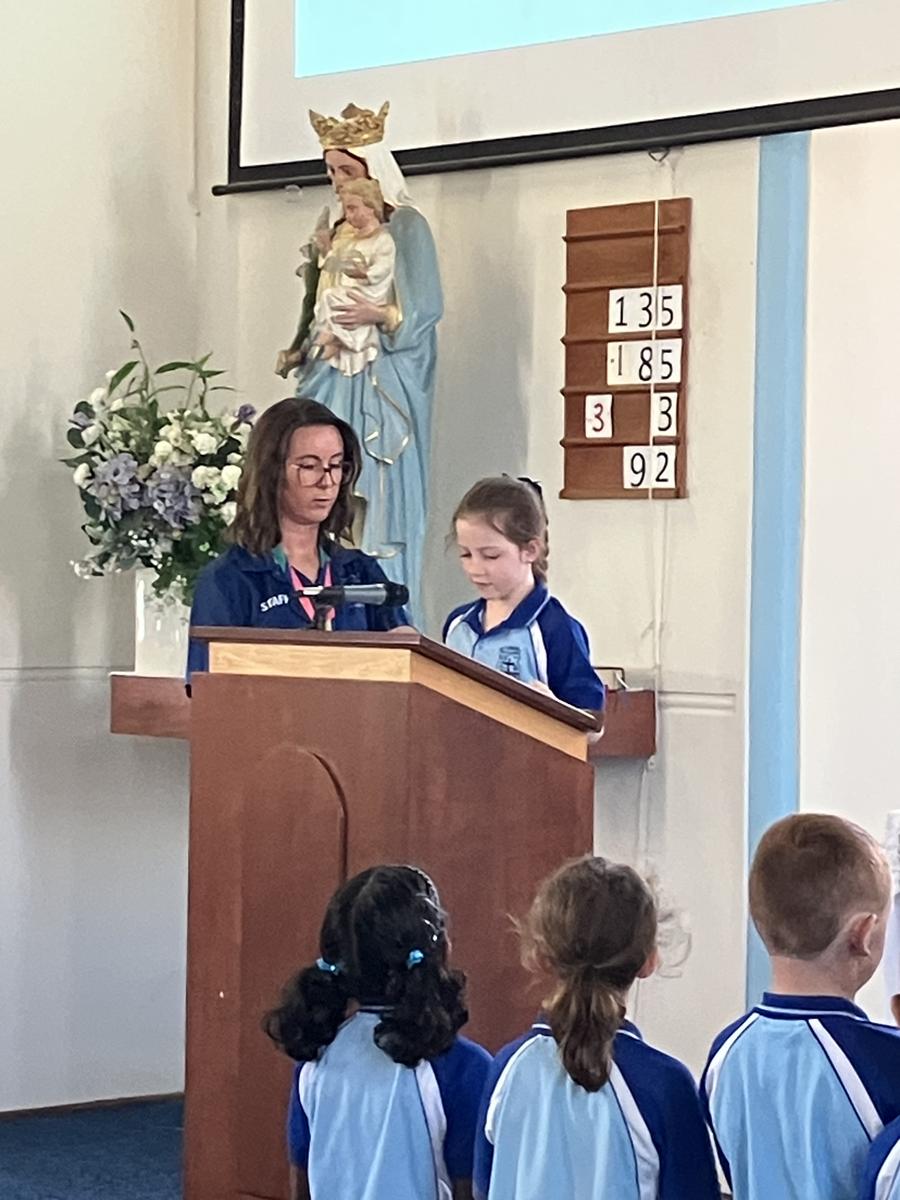
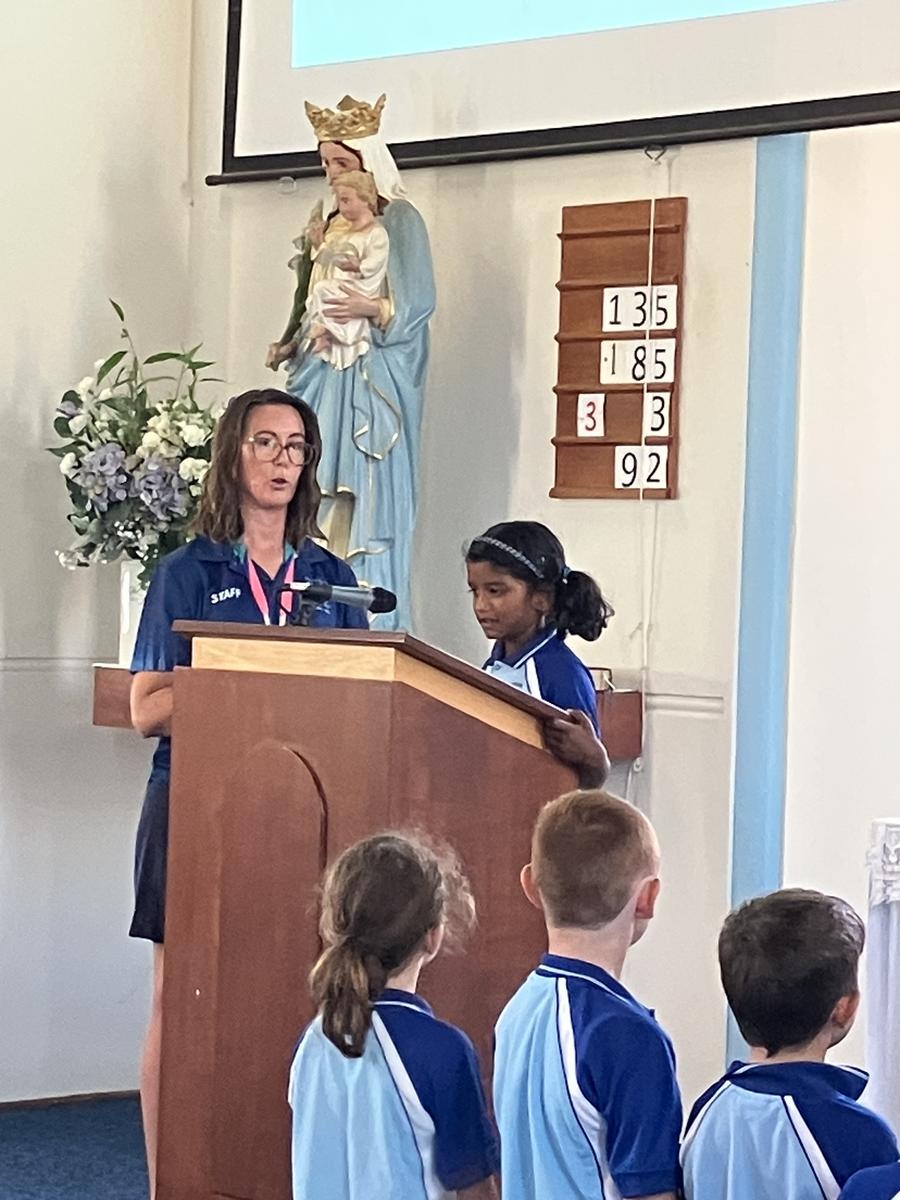
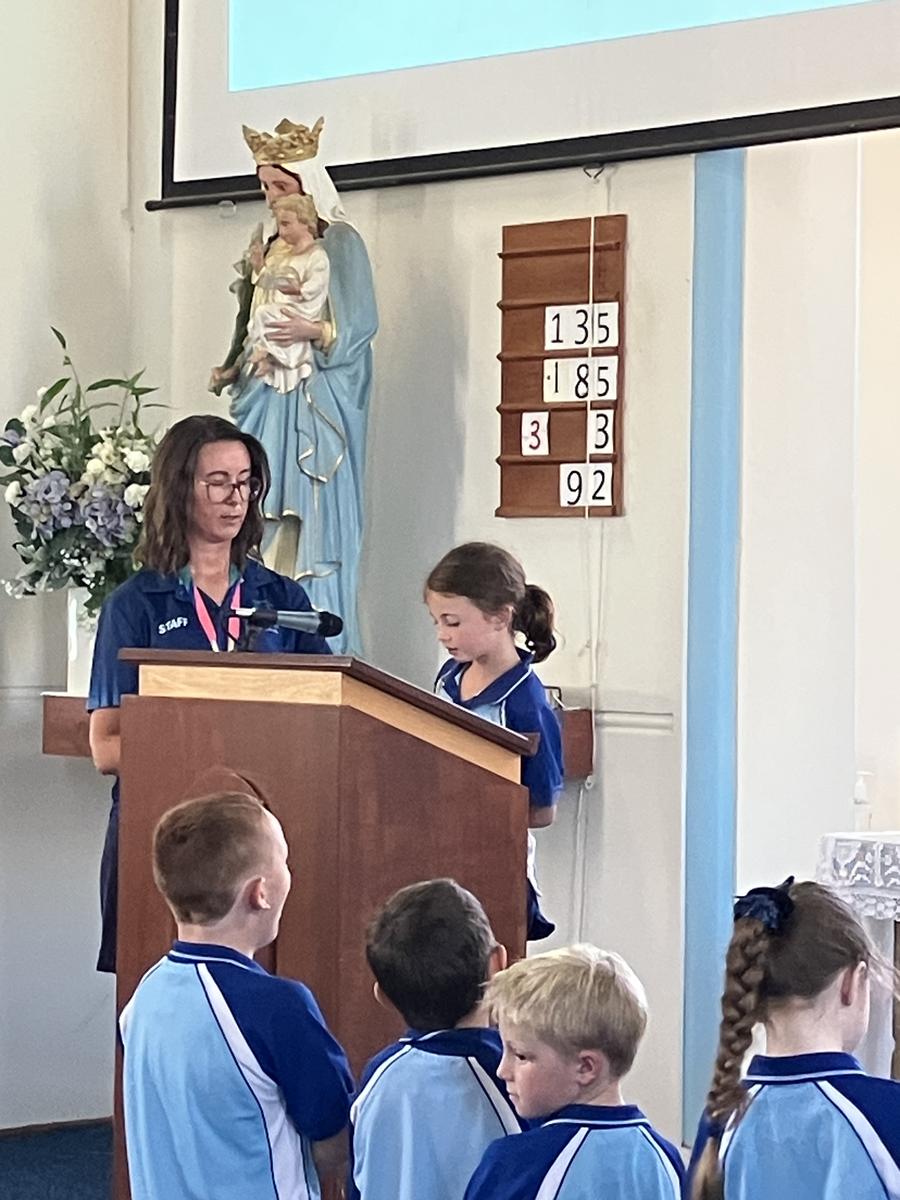
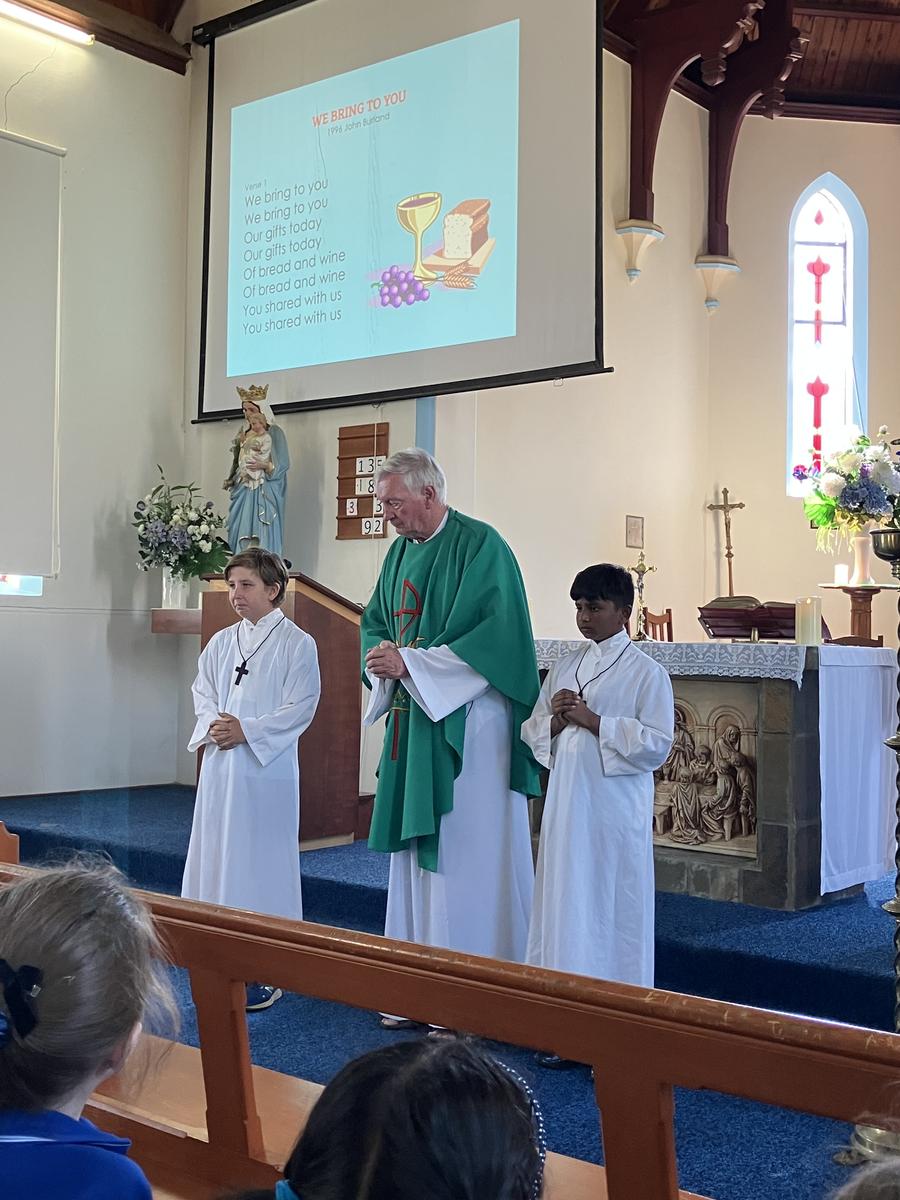
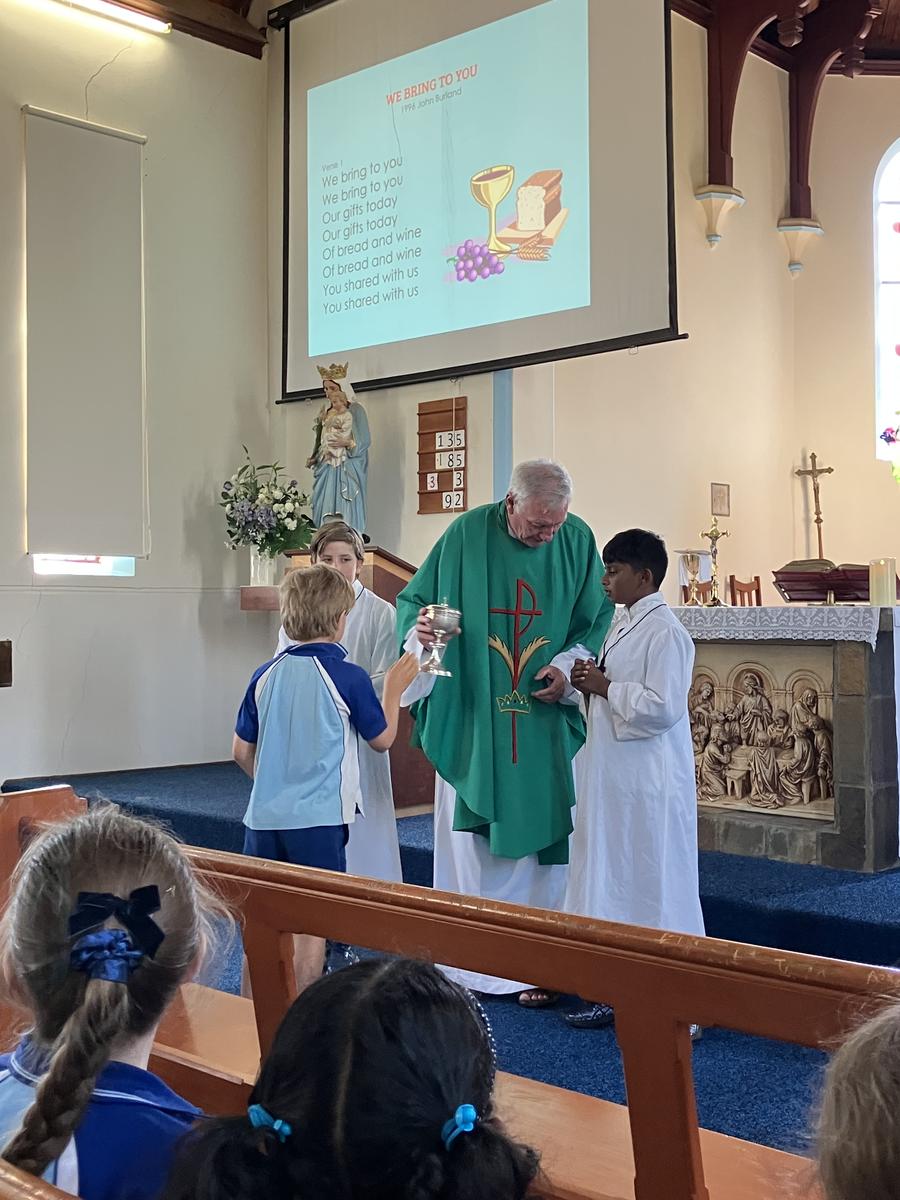
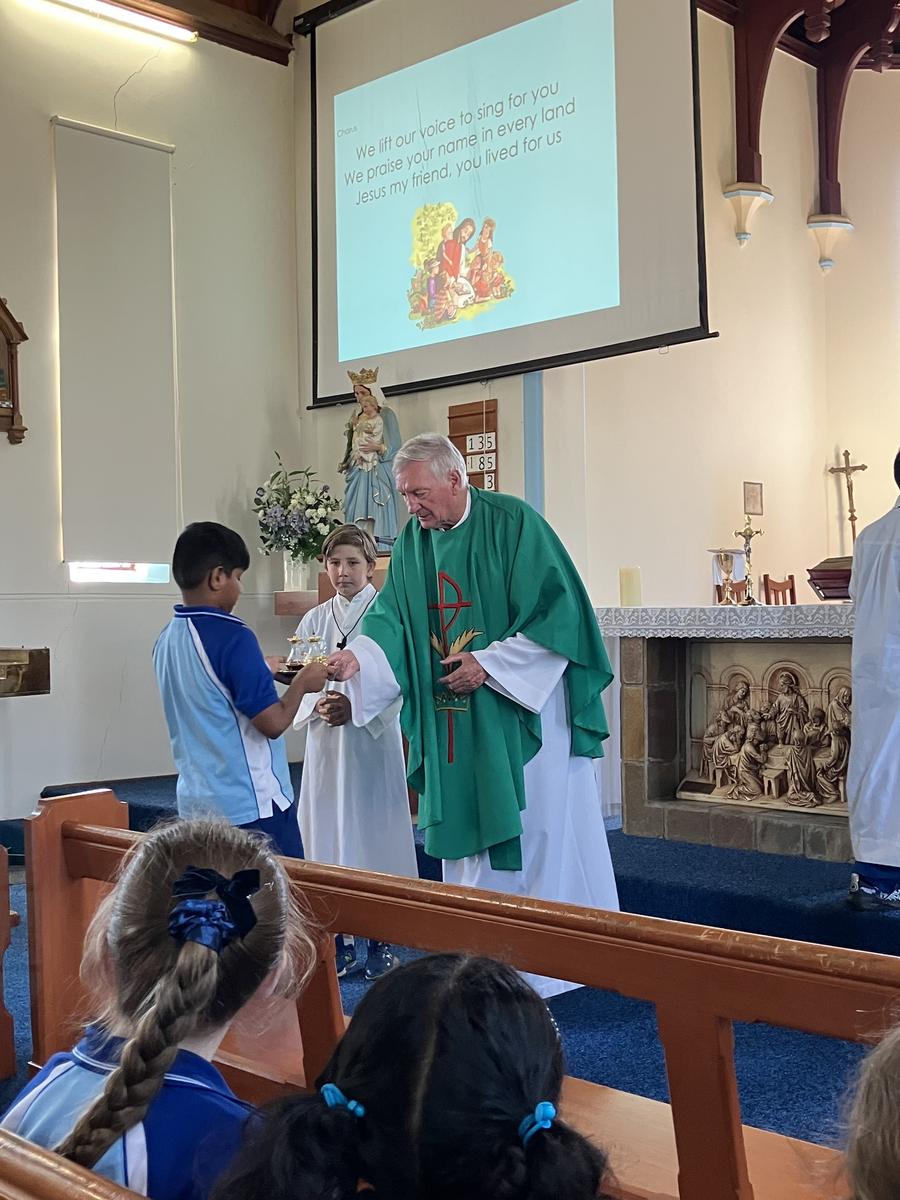
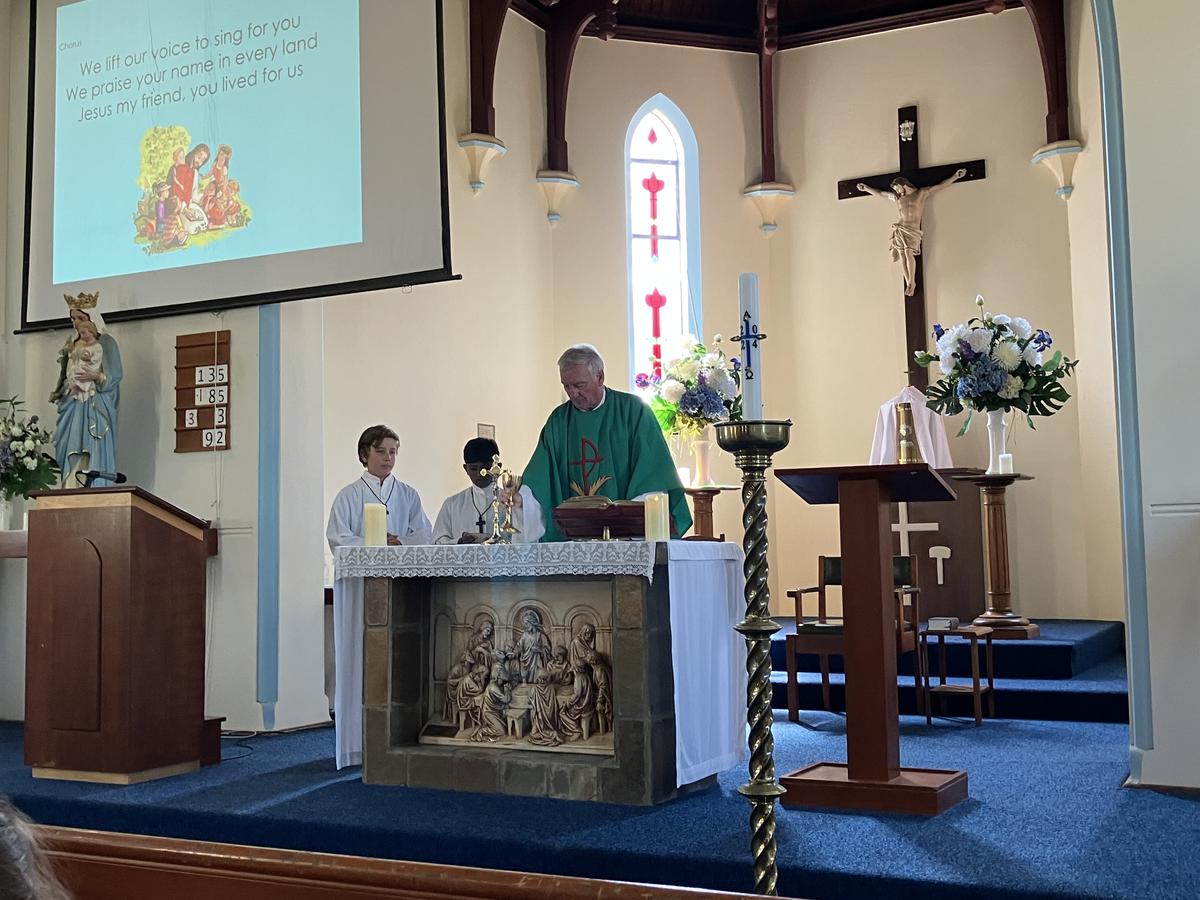
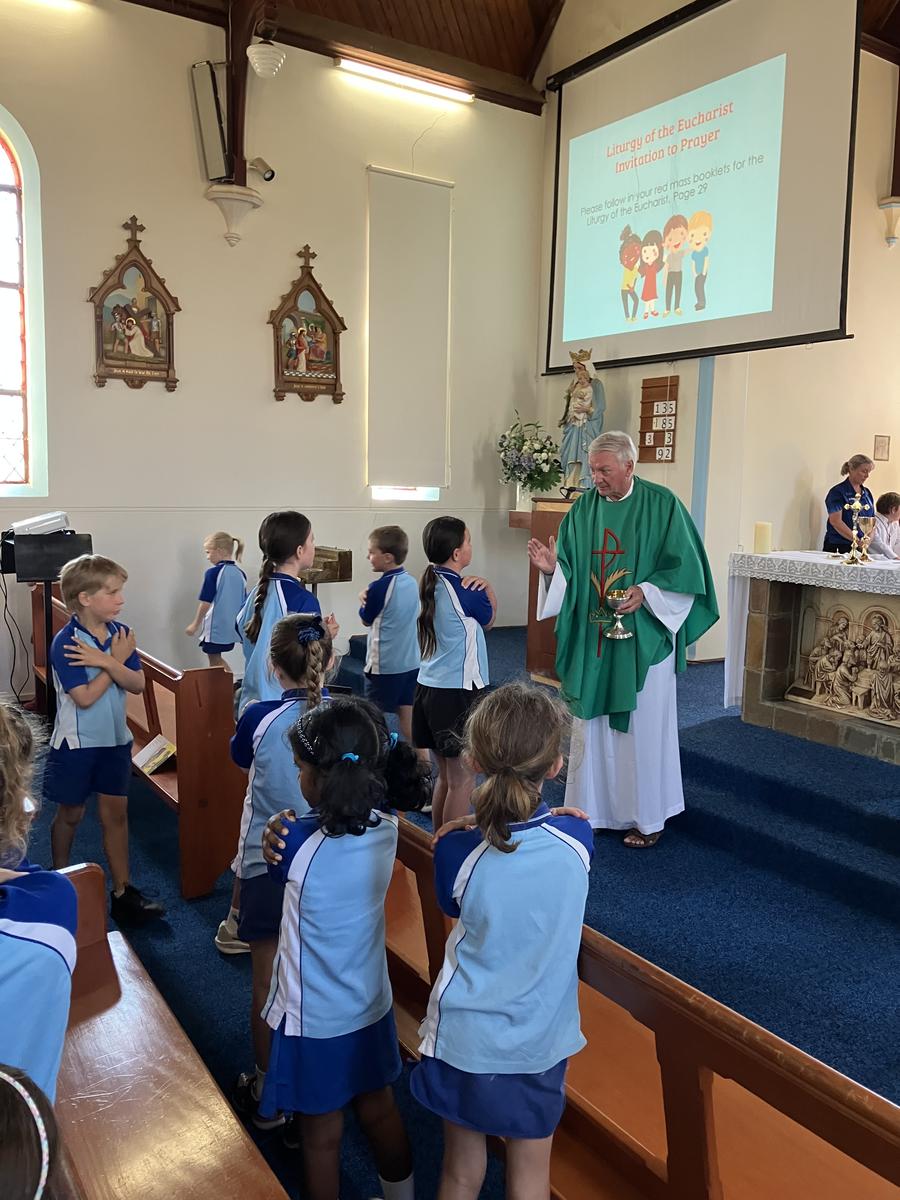
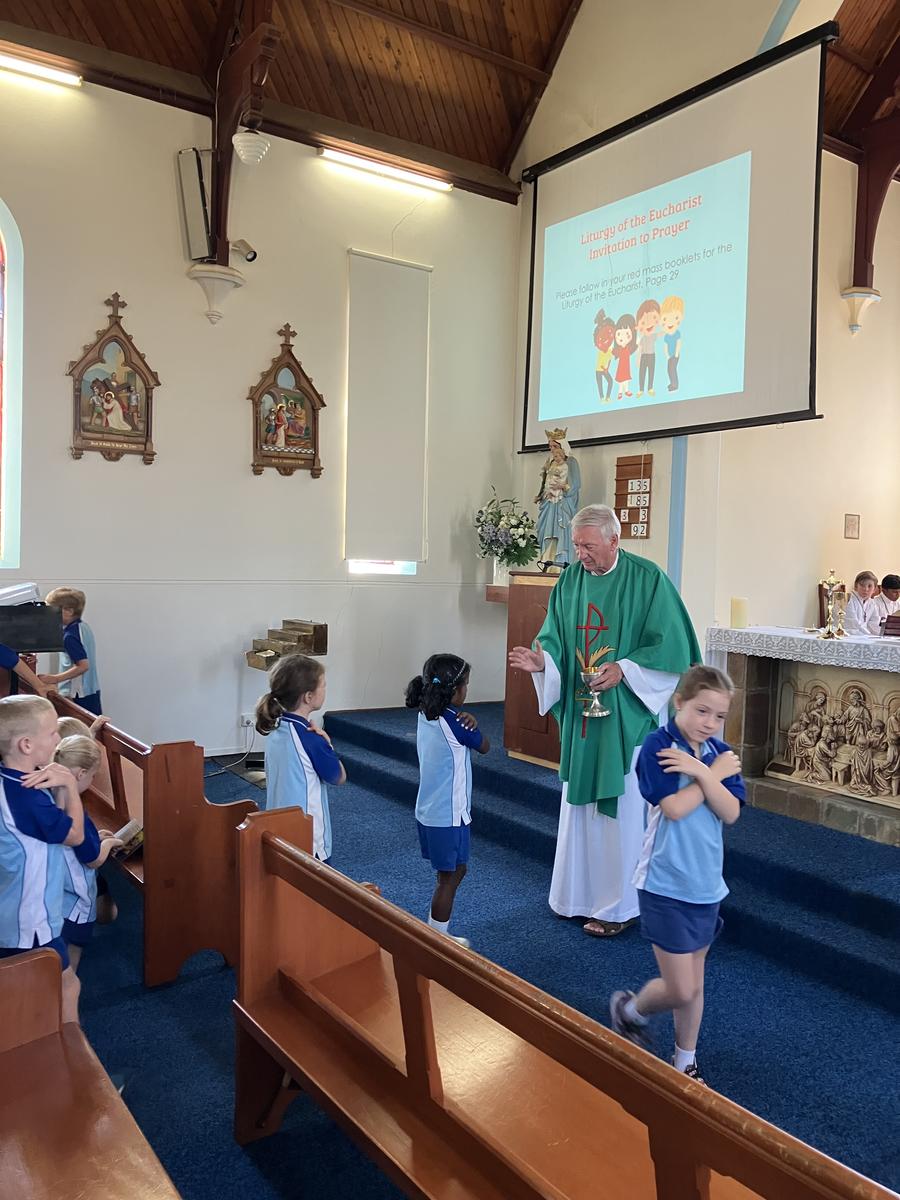
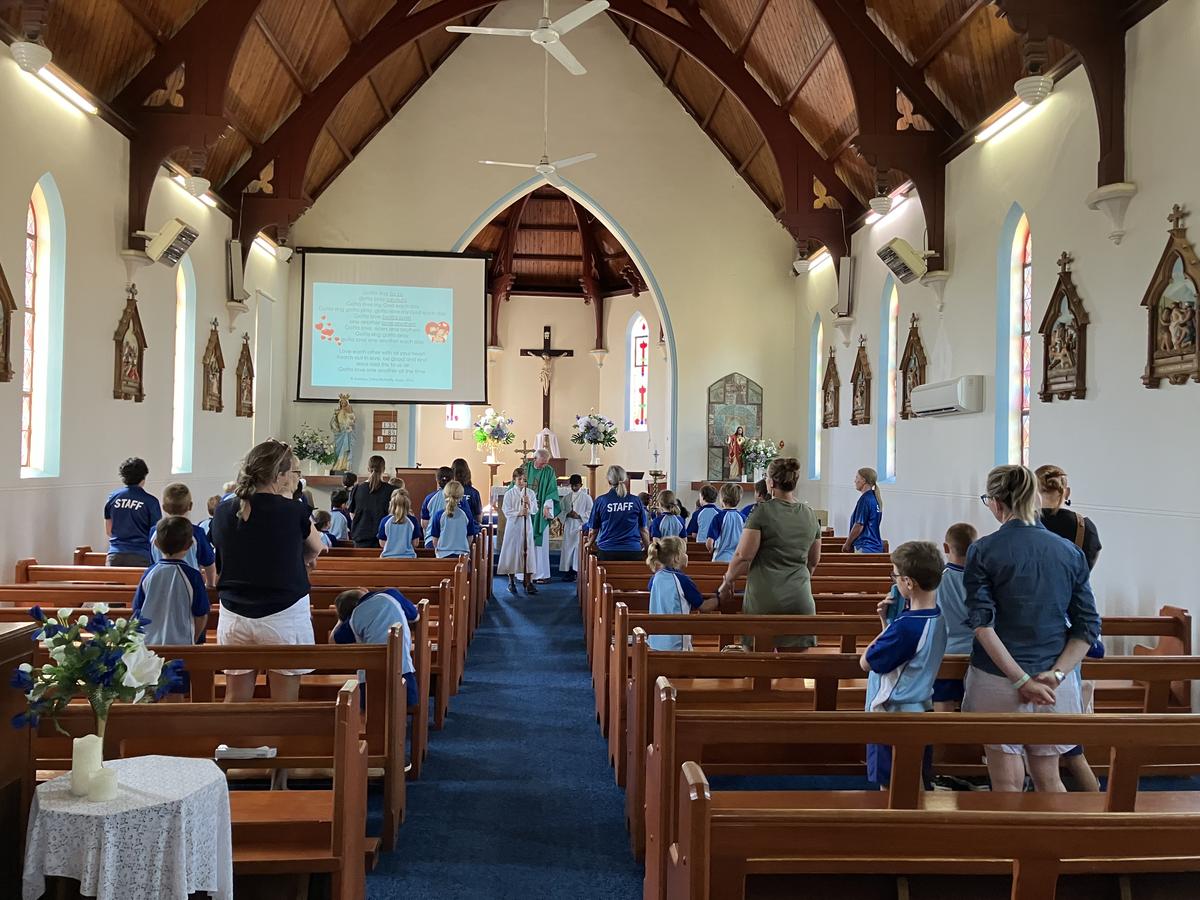























Maths
In Maths, Year 1/2 have just begun our work on "Whole Number." Students are learning about place value and the role of zero in reading, writing, and ordering two- and three-digit numbers. Through hands-on activities and group discussions, they are developing a deeper understanding of how numbers are structured and how they relate to one another. It has been great to see their enthusiasm as they explore new concepts and build their confidence with numbers.
Tips for parents:
Counting tips: